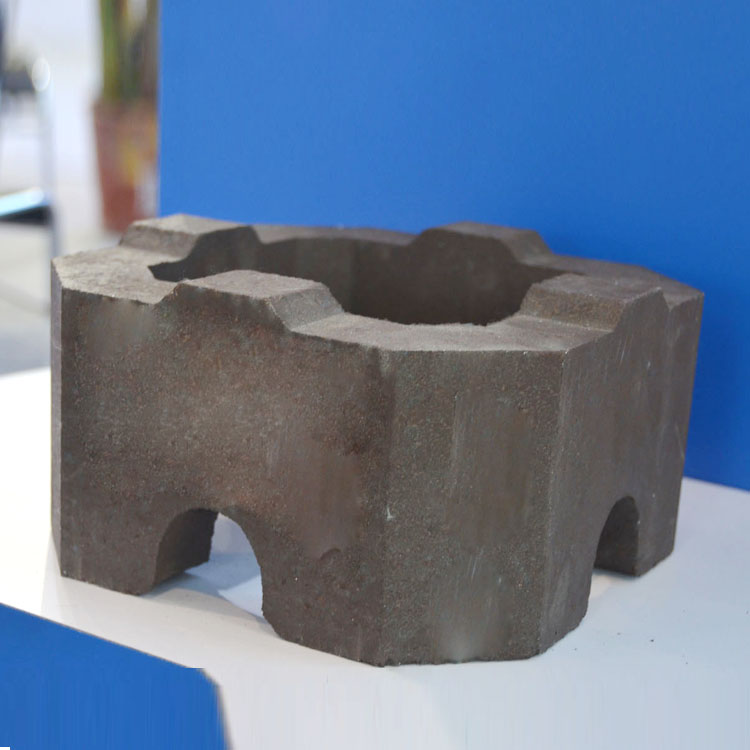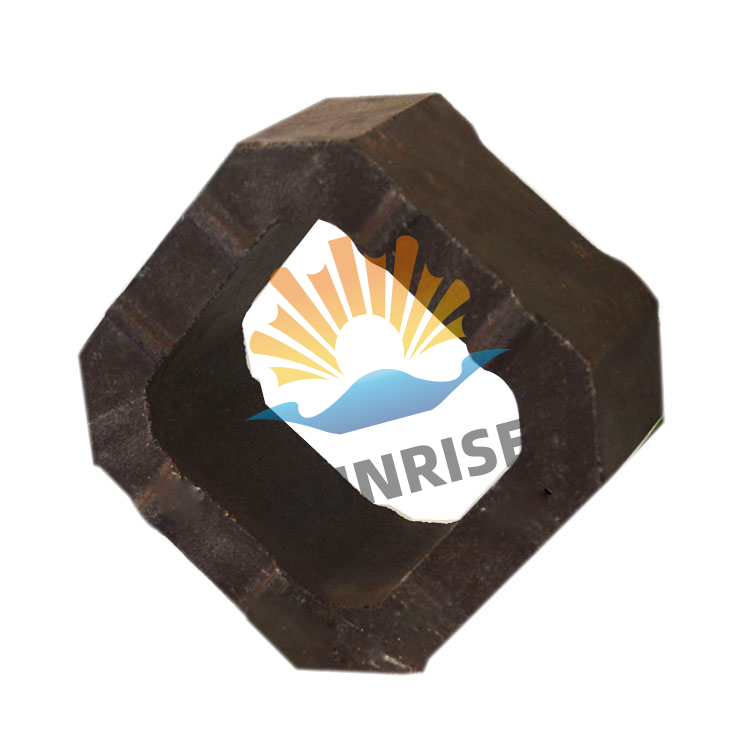.jpg?x-oss-process=image/resize,h_1000,m_lfit/format,webp)
The global refractory market is witnessing continuous growth, with a compound annual growth rate (CAGR) of approximately 3.5% expected from 2024 to 2030. In this highly competitive market, directly bonded magnesia-chrome bricks have emerged as a key player due to their superior performance. They play a crucial role in meeting the increasing demand for high-performance refractory materials, especially in industries such as steel, cement, and glass.
.jpg)
There are several traditional methods for producing magnesia-chrome bricks. One common approach is to utilize the reaction between iron oxide and spinel. By carefully controlling the proportion of raw materials and the firing process, bricks with certain performance characteristics can be produced. Another method involves using synthetic co-fired materials to make bricks. Additionally, there are unfired magnesia-chrome bricks, which have the advantage of lower production costs and easier manufacturing processes.
However, traditional magnesia-chrome bricks also have their limitations. For example, their thermal shock resistance and corrosion resistance may not meet the requirements of some high-temperature and high-corrosion environments. In some extreme industrial applications, the service life of traditional magnesia-chrome bricks is relatively short, which increases the maintenance and replacement costs for enterprises.

Directly bonded magnesia-chrome bricks have excellent high-temperature performance. They can maintain their structural integrity and performance stability at temperatures up to 1800°C. Their thermal shock resistance is also significantly improved compared to traditional bricks. Tests have shown that directly bonded magnesia-chrome bricks can withstand rapid temperature changes of up to 1000°C without significant damage.
In terms of corrosion resistance, directly bonded magnesia-chrome bricks are highly resistant to the erosion of various slags and molten metals. This makes them an ideal choice for lining furnaces in the steel and non-ferrous metal industries. The dense structure of these bricks also reduces the penetration of harmful substances, further enhancing their service life.

The emergence of directly bonded magnesia-chrome bricks has had a profound impact on the refractory industry. They have promoted technological upgrading in the industry by forcing manufacturers to improve their production processes and R & D capabilities. In the market, directly bonded magnesia-chrome bricks have gradually changed the market pattern, squeezing the market share of traditional magnesia-chrome bricks.
Enterprises that adopt directly bonded magnesia-chrome bricks can gain a competitive advantage. By reducing maintenance costs and improving production efficiency, these enterprises can improve their overall profitability. According to market research, enterprises using directly bonded magnesia-chrome bricks can reduce production costs by about 15% - 20% compared to those using traditional bricks.
In a steel plant in Europe, after replacing traditional magnesia-chrome bricks with directly bonded magnesia-chrome bricks in the converter lining, the service life of the lining increased from 1200 heats to 1800 heats. This not only reduced the frequency of lining replacement but also improved the continuity of production. The plant's production manager said, "The directly bonded magnesia-chrome bricks have significantly improved our production efficiency and reduced our production costs. We are very satisfied with this product."
In a glass manufacturing enterprise in Asia, directly bonded magnesia-chrome bricks were used in the glass melting furnace. The excellent corrosion resistance of these bricks effectively prevented the erosion of the furnace lining by molten glass, extending the service life of the furnace and improving the quality of the glass products. The enterprise's technical director commented, "The directly bonded magnesia-chrome bricks have met our high requirements for high-performance refractory materials, and we will continue to use them in the future."
With the continuous development of industries such as steel, cement, and glass, the demand for high-performance refractory materials will continue to increase. Directly bonded magnesia-chrome bricks, with their excellent performance, are expected to have a broader market space in the future. Manufacturers will continue to invest in R & D to further improve the performance of these bricks and reduce production costs.
In addition, with the increasing emphasis on environmental protection, the development of more environmentally friendly directly bonded magnesia-chrome bricks will also be an important direction. This will not only meet the market demand but also contribute to sustainable development in the industry.
Ready to upgrade your refractory materials and gain a competitive edge in the market? Contact us now to learn more about our directly bonded magnesia-chrome bricks and how they can meet your specific needs. Our team of experts is standing by to provide you with personalized solutions and support.

